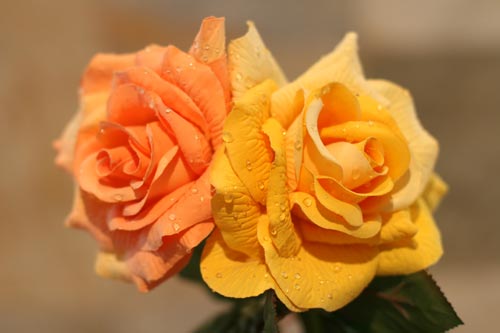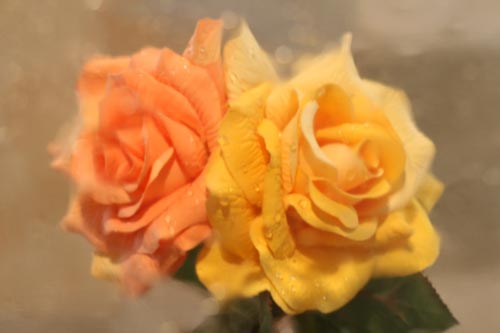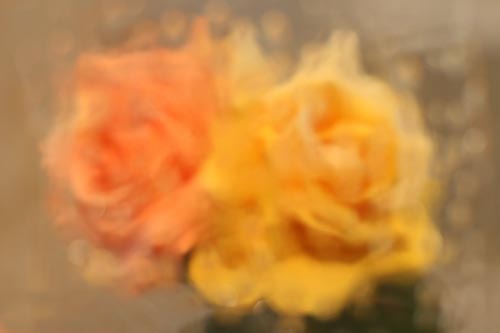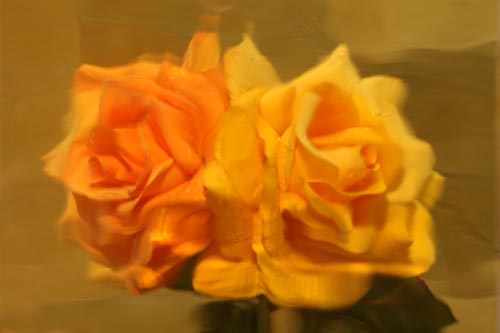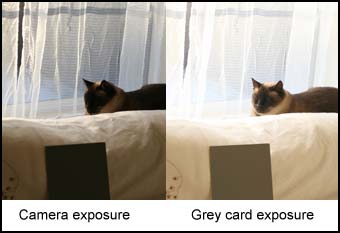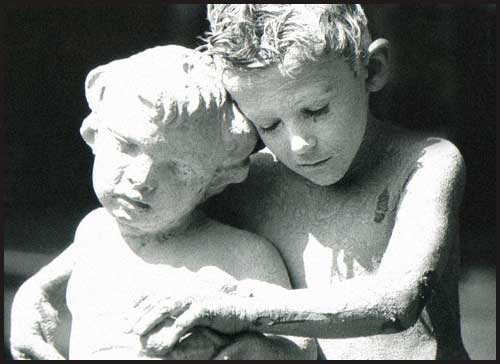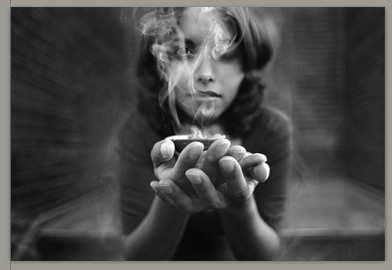
Soma by Dita Kubin
This show features a recent telephone interview with Montreal fine art photographer Dita Kubin. We talk about what motivates her work, her creative process and even a bit about her camera/computer/printing technique.
And just like that. Bang. We’re already at the end of December — it goes so fast.
Happy holidays to everyone that listens and that has subscribed.
More interview podcasts with fine art photographers will be featured in 2007 along with reviews and ‘how to’ podcasts as well.
Happy holidays everyone! Only the best for 2007!!!
Photography podcast transcript #7
Podcast: Play in new window | Download
